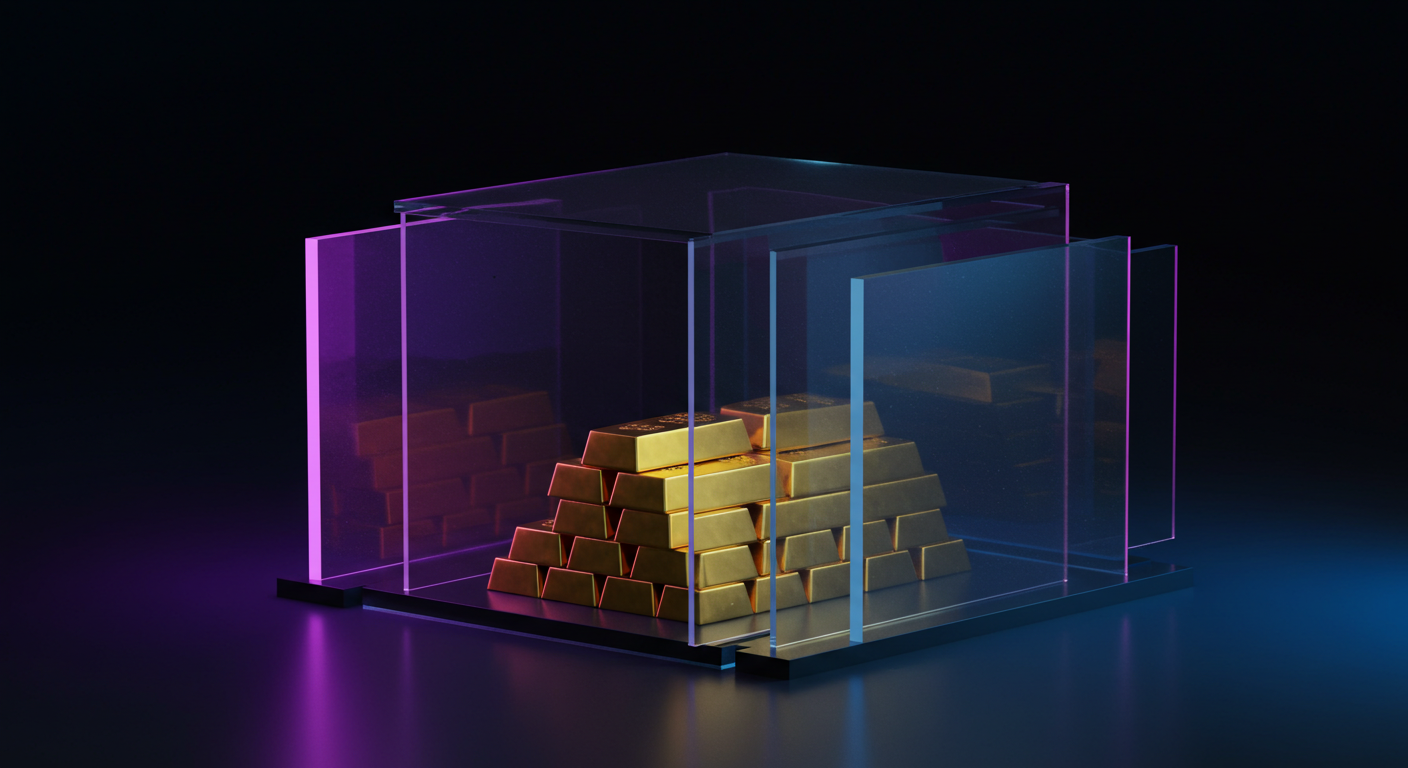
Silver prices rose on Monday, with the current rate at $32.56 per troy ounce, reflecting a 0.20% increase from Friday’s $32.49. Since the beginning of the year, silver prices have climbed by 12.67%.
The Gold/Silver ratio is currently 89.45, down from 89.56. This ratio indicates the number of silver ounces needed to equal the value of one ounce of gold.
Market Influences On Silver
Silver’s market dynamics are influenced by various factors, including geopolitical instability, interest rates, and the strength of the US Dollar.
Industrial demand, particularly in electronics and solar energy, also affects silver prices, with fluctuations in the economies of the US, China, and India playing a role.
Silver typically follows gold’s pricing trends, with the Gold/Silver ratio helping determine their relative valuation.
The upward movement in silver prices, while modest, aligns with larger trends in commodities this year. A 12.67% increase since January suggests steady demand, propelled by both economic developments and broader investor sentiment. The Gold/Silver ratio decreasing slightly to 89.45 could indicate that silver is gaining some strength compared to gold, but it remains within a historically high range.
Given how silver frequently moves in tandem with gold, watching gold’s price action will provide clues about where silver might be headed next. The ratio itself offers insight into whether one metal is relatively over- or undervalued compared to the other. Since silver historically shows more volatility than gold, small shifts in this ratio may lead to more pronounced price swings in the weeks ahead.
Future Outlook For Silver
Industrial demand remains an important element, particularly in sectors like electronics and solar manufacturing, where silver is essential. Economic conditions in the US, China, and India matter because these countries drive large portions of global silver consumption. If manufacturing activity picks up in these economies, silver demand could rise accordingly.
Geopolitical concerns remain ever-present, and traders monitoring silver should continue keeping an eye on movements in interest rates and the strength of the US Dollar. A weakening dollar often supports silver prices, as it makes the metal cheaper for non-dollar investors. Conversely, if the dollar remains firm or strengthens, silver may face headwinds.
Looking ahead, market participants should consider how shifts in broader economic policy, inflation expectations, and investor sentiment might impact silver’s trajectory. The current range suggests steady buying interest, but whether that continues will depend on upcoming macroeconomic events and how gold performs as a leading indicator.







